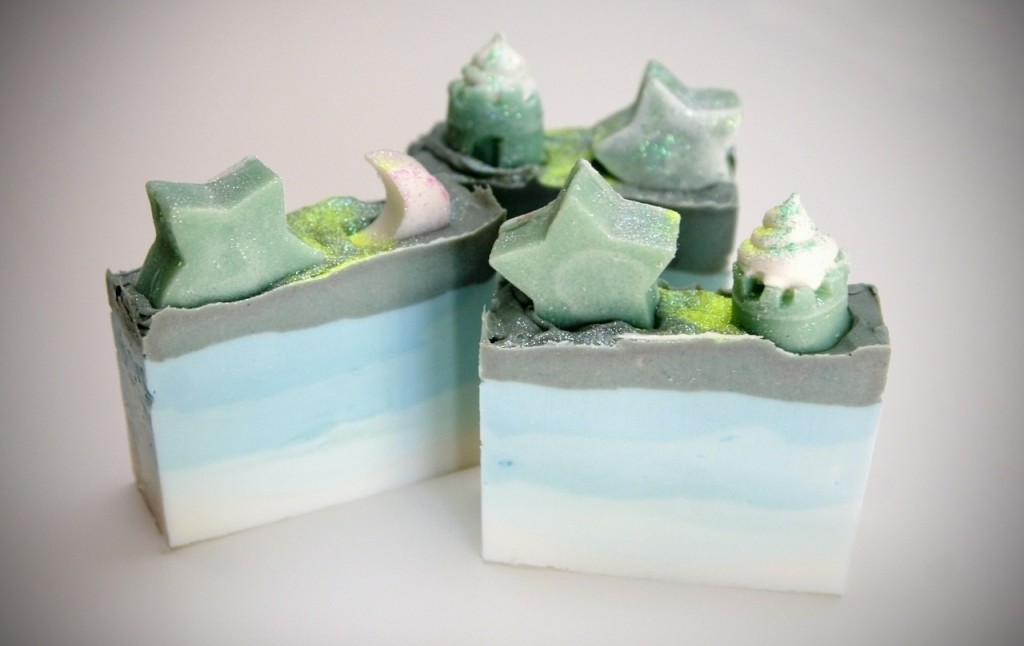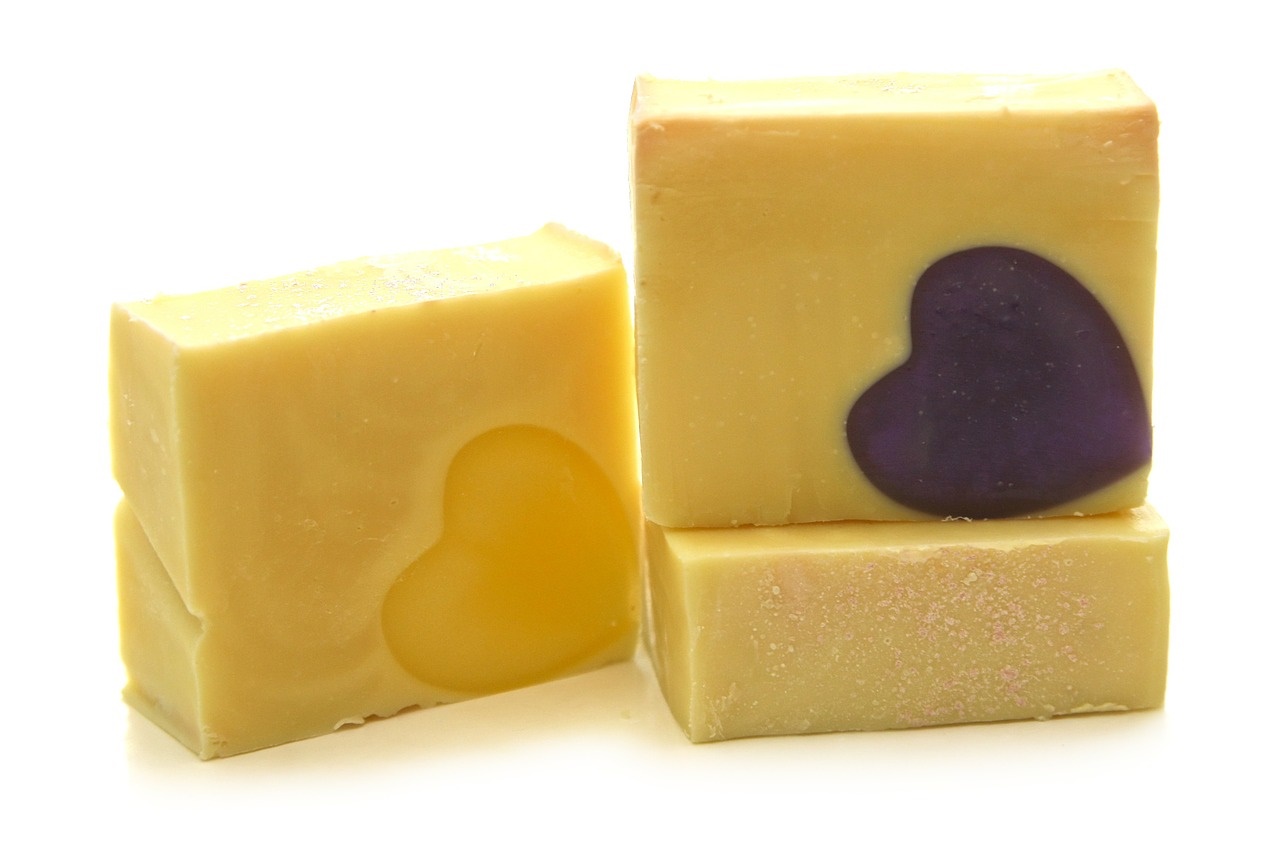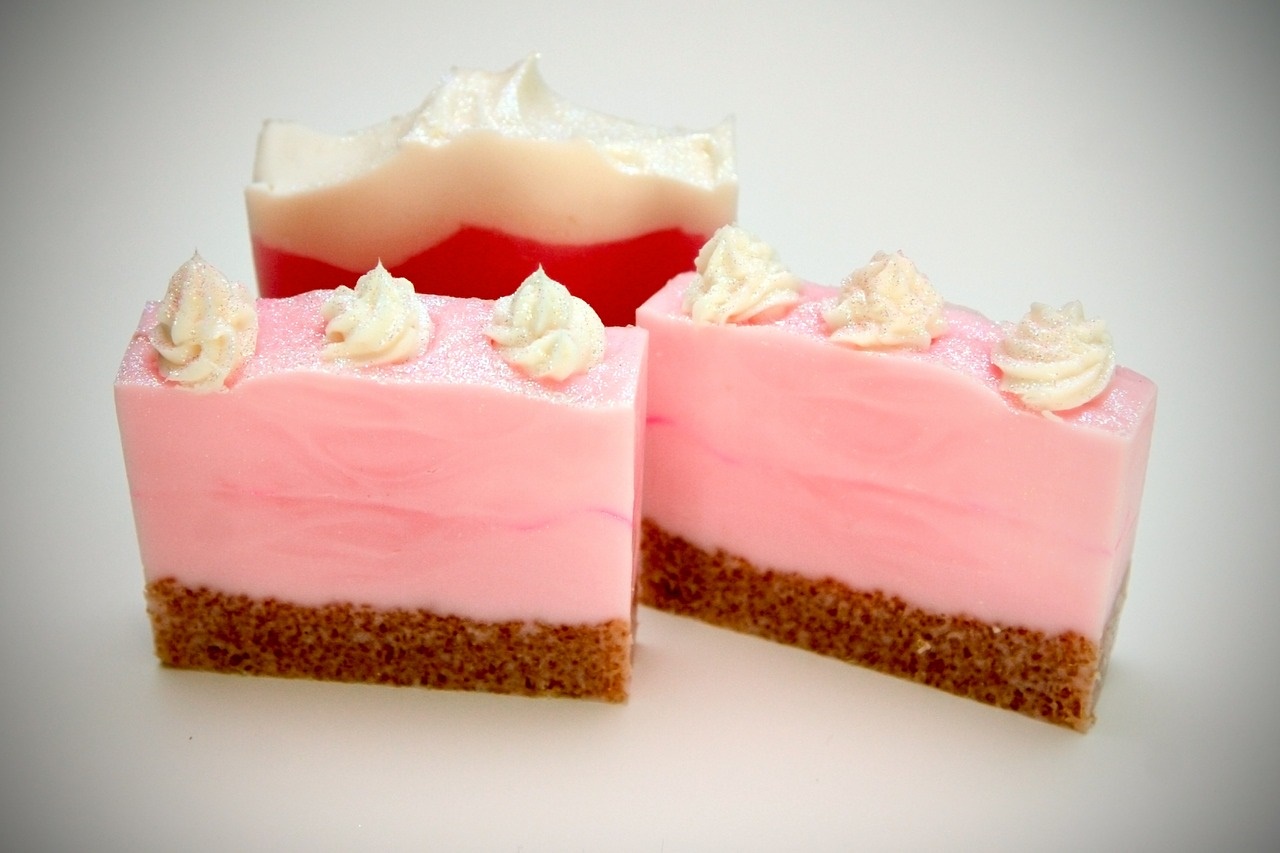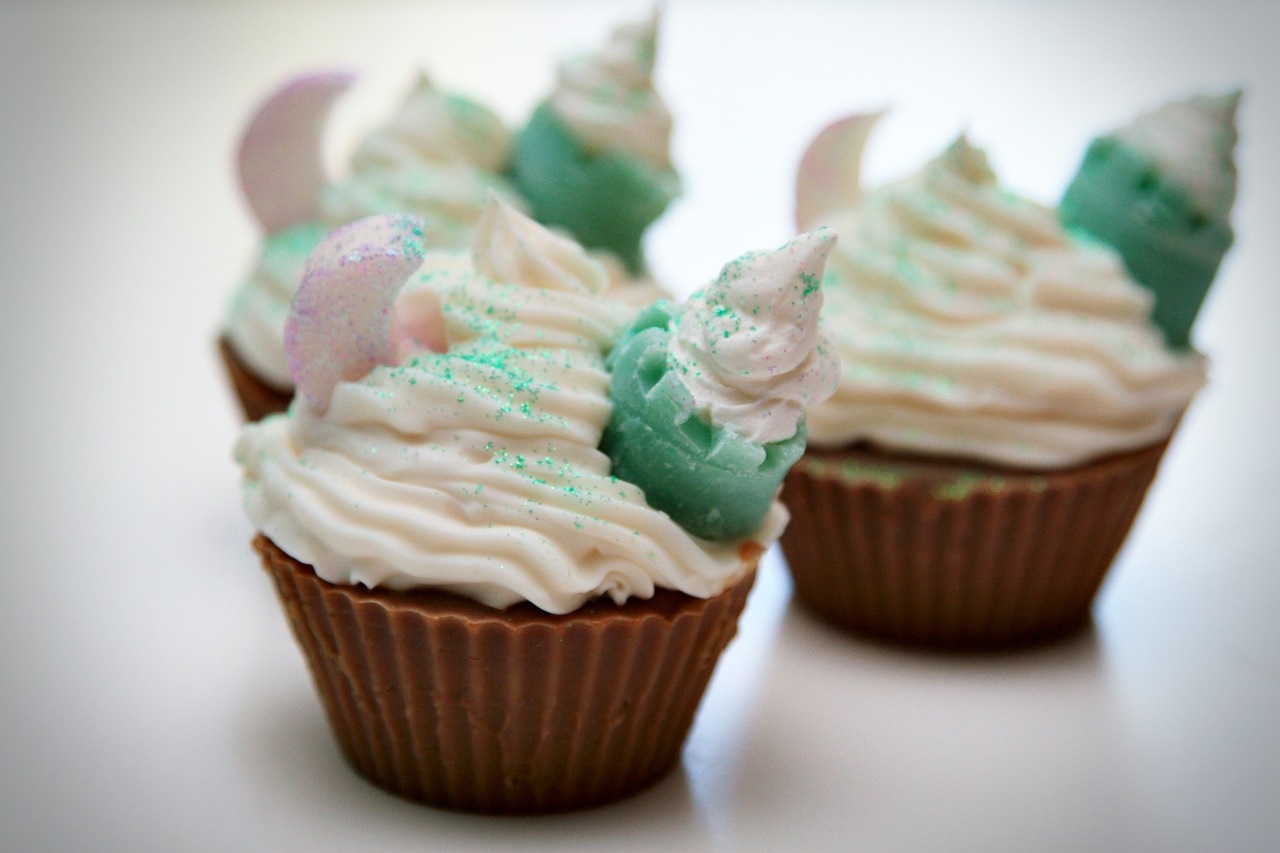The Art of Saponification: 25 Awesome Soapmaking Blogs and Resources

You bathe with it every day, but for some, soap is more than just that sudsy bar that you reach for when you need to clean up. Connoisseurs have dug deeper into the art of soapmaking, finding fresh ingredients with lovely scents and pleasant textures to create their own bars.
The age-old craft of soapmaking has enjoyed a renaissance in recent years. If you already use your organized garage as a workshop, let this be a primer on a useful (and for many people profitable) new hobby. And if your garage is not quite organized in the way you want it, our how to choose garage cabinets guide can help you turn that around!
Below read about the 25 talented soapmakers whose advice will give you a nice head start.
Feto Soap
Lisa is the soapmaker behind Feto Soap; she also makes her own nail polish. Lisa is more than happy to share everything she knows, too. She often hosts events around Texas, where she instructs others on how to use glycerin and which scents and colors work best. If you’re not in the Austin area, Lisa posts great videos, as well.
Soap Queen
Most creative people who make soap don’t stop there, and Anne-Marie Faiola of Bramble Berry’s Soap Queen blog is the same. She also creates homemade lip balms, bath fizzies, scrubs, soaks, lotions and other crafts. Use her advice to learn how to make melt and pour soaps with animal prints, butterflies, shell shapes, heart shapes and even pumpkins for Halloween or gingerbread men for Christmas.
These soaps can have such rich scents as ginger patchouli, mint, strawberry or lemon goat milk. Faiola’s cold process soap is just as amazing to look at, especially if you can nail her Sahara sunset tutorial, which looks like a real sunset against a red sky, all in a bar of soap.
The Sirona Springs Blog
The Sirona Springs Blog is run by Ruth Esteves, who picked up soapmaking in 2006 as a hobby while she worked as a laboratory research scientist. As you can imagine with her background, it’s not hard for her to make and sell great soap. With the help of her newsletters, it won’t be hard for you to do, either.
Shalom Mama
Shalom Mama blogger Nina, a business coach and designer, writes about essential oils as well as soap. Marrying the two can bring the benefits of both, and create an incredibly herbal bar of soap. Look out for specific discussions on the benefits of using castile soaps, the organic Spanish soap made with olive oil.
Nature’s Garden
Based in Pittsburgh, Nature’s Garden covers homemade cosmetics and candles as well as soap. The blog is a great place to learn new techniques, such as using milk to create cold process soap shaped like geologic layers of rock. There are also guest blog posts from other experts and a Show & Tell section where you could perhaps post your own finished soaps once you get comfortable enough.
The Nova Studio
Lori Nova Endres of the Nova Studio claims that her site “offers the widest range of education to be found on making soap, and natural bath & body products.” Lori operates more than just a virtual domain; her studio has a physical location in Richmond, California, where you can take soapmaking classes if you’re in the area. Her blog is practically as informative, updated often to highlight new teachers, local herbs that are used for soaps and of course tutorials, such as how to make perfumes with totally natural ingredients.
Soapalooza
You may buy your own homemade soaps from the fun-named Soapalooza, but after you fall in love with their products you can try your hand at recreating them with the site’s helpful archives of tutorials. Create natural pigments rather than dyes, which can bleed and distort, giving you darker or lighter hues than you intended. Soapalooza also presents a handful of pleasant blends of essential oils that you’ll want to borrow, including sandalwood and tangerine; lime and cedar; spearmint and peppermint; bay laurel with palmarosa and geranium rose; and patchouli with lavandin, ylang and rosewood.
Great Cakes Soapworks
Amy Warden fell in love with cold process soapmaking back in 2002, eventually making some cash off her products two years later. “My absolute favorite part about making soap is the creative aspect of mixing various swirling and coloring techniques, textures, and fragrances,” she writes on her blog, Great Cakes Soapworks.
While digging through the blog’s soapmaking posts, you will find reviews of workshops, which natural scents combine best with your soaps, how to avoid discoloration (which Warden abbreviates as DOS — dreaded orange spots), and whether you should gel your soap for a smooth or crumbly texture.
Handcrafted Soap & Cosmetic Guild
The Handcrafted Soap & Cosmetic Guild, or HSCG, is a group that you can join for access to insurance information if you plan on starting a soapmaking business and news about yearly conferences across the United States.
Even if you’re only just a little curious about soapmaking and not sure whether you’re ready to join the HSCG yet, as long as you register with the site, you can browse the site’s how-to library, which also includes information on the legalities of selling your own soap, marketing tips and business management advice. Whether you need basic step-by-step instructions or you’re ready for a six-layer exfoliation bar, you can find it all here.
Lovin’ Soap Studio
Amanda Griffin of Lovin’ Soap Studio works out of the Lee’s Summit, Missouri area, teaching all-ages classes. If you aren’t in the area for in-person instruction on making your own essential oils, body lotion, nail polish, body scrub or soap there, that’s all right. Just make sure that you don’t miss Amanda’s website.
Her resources break down into a helpful oil chart, which describes the percentage of oil you should use, the texture the soap will be and the properties it will contain when used (like whether it’s sudsy, the lather quality, how many bubbles and more). If your soap isn’t coming out picture perfect, check out Lovin’ Soap’s troubleshooting page, which provides fixes for overheating, holes in the middle, cracks, lack of fragrance or excessive waxiness.

DIYNatural
Betsy and Matt Jabs, a married couple, have authored several books under the DIYNatural name and have a great website that’s all about making your own health products and cosmetics. If you’re unsure about how lye works, this site is where you want to start. Make sure to check out DIYNatural’s post with more than 40 colorants that are totally natural and won’t irritate sensitive skin, including beet root powder for yellow, chocolate for brown, sandalwood powder for red and pumice for gray.
Soap Blog
Bath Alchemy Lab, an instructional resource that offers classes and a library of helpful information, presents its simply-named Soap Blog, which gathers ezines, blogs, ebooks and other posts for new soapmakers to sink their teeth into.
If you enroll in one of Bath Alchemy Lab’s online courses, you can spend 14 weeks with instructors who can teach you how to make milk soaps, which liquids you can substitute, which colorants to use, and how to swirl ingredients. The blog itself discusses issues such as using master batching soap oils and how to prevent textural problems such as ricing.
Rebecca’s Soap Delicatessen
Rebecca D. Dillon has been publishing on her blog, Rebecca’s Soap Delicatessen, since 2001, when her eczema-prone skin was inflamed by the strong fragrances and harsh chemicals found in some mass-manufactured soaps.
Whether your skin is gentle, too, or you just want to get into the soapmaking game, her blog has pages and pages of ingredients lists and how-tos for beginners to those more comfortable with the process. You can even find a nearly 40-page soapmaking ebook on her blog that doesn’t cost a cent. You’ll have so much cold process soap in your house you’ll seriously consider selling it.
Soapmaking Resource
Steven Paul Czapla knows that you probably have a lot of questions about the various facets of soapmaking, and he tries to answer all of your questions with the Soap Making Resource. His site boasts
- an alphabetized list of all essential oils;
- the basic butters you’ll probably use;
- a section on how to incorporate herbs, exfoliators, and colorants;
- when to switch to carrier oils;
- and why you’ll love yellow beeswax.
If you want to include additives like tussah silk, cosmetic honey or cosmetic clay, Czapla goes into detail on each. You can also find molds, bases, equipment, kits and tutorials once you’ve got all the basics down.
Addicted to Soap
Similarly motivated as Rebecca D. Dillon above, Magdoline of Addicted to Soap wanted her kids with eczema to feel comfortable when they bathed. While she also sells soap through her site, Magdoline teaches classes in Dubai on such subjects as making milk soaps, hot process soapmaking and advanced techniques.
The Addicted to Soap blog includes full lists of all the ingredients you need to go homemade. There is also a soap calculator, which helps you choose the type of soap you want to make; which base oils you’ll include; the additives, essential oils and superfats you’ll use; and how creamy, bubbly or hard your soap will be.
Chemistry Store’s Blog
Chemistry Store’s blog shows you useful things such as how to learn to create milk soap, liquid hand soap and even scented varieties in maple or mint. Pictures posted after each instructional step make everything clear-cut for beginners.
Soapmaking School’s Blog
As the name suggests, Soapmaking School is an online educational resource where. In between your homework, brush up on the subject with Soapmaking School’s blog, which dissuades you from using mass-manufactured commercial soap and even includes video tutorials, like how to create a nice edge on your soap.
The Greening of Gavin
Gavin Weber of The Greening of Gavin describes himself as “an ordinary Australian man who has a green epiphany whilst watching a documentary, gets a hybrid car, plants a large organic vegetable garden, goes totally solar, lowers consumption, feeds compost bins and worms, harvests rainwater, raises chickens, makes cheese and soap…”
If Weber sounds like a busy man, well, he is. But he still makes time to post fairly often about soapmaking on his blog. Whet your appetite with his chunky lemon cream pie soap (sadly, it’s not edible, but you’ll wish it was) or check out Weber’s video on how to make cold process soap faster by changing the essential oil temperatures.
The Nerdy Farm Wife
Like Gavin Weber’s blog above, Jan Berry of The Nerdy Farm Wife isn’t solely devoted to soapmaking; you can also pick up farming tips, how to grow beautiful flowers and other DIY gardening information.
Berry busies herself with a large arsenal of soap recipes on her blog. With the simple designs and large blocky shapes, these are appealing in a rustic way, but feel free to liven them up with stamps. Enchant the senses with soap that smells like honey and carrots, pine tar, hemp and honey, aloe rose, garden mint, apple cider, or milk chocolate mint.
Mommypotamus
Mother and blogger Heather runs Mommypotamus, a site that revolves around healthful family life and saving money by going DIY. Soapmaking fits right in with Heather’s milieu, and she writes about it fairly often, whether it’s making your own sea mud soap or dish soap.
If you have a big family yourself and you do a lot of laundry, you know how expensive that detergent can be. Heather figured out how to make her own, and the difference between it and regular soap is only the amount of superfat; she includes a video in the post clearly explaining all the steps.

Oil & Butter
A woman named Cee runs Oil & Butter, the adorably designed blog that she says “started as an online archive of my soapmaking trials and experiments” and “has turned into so much more than I ever imagined.”
If you’ve never thought to put yogurt in ice cube trays to perfectly portion it out for soapmaking, you will now. Cee’s blog also includes recipes for soaps such as mango butter, annatto seed and oat milk.
Happiness Is Homemade
There’s no need to guess what the aim of Heidi Kundin’s blog, Happiness Is Homemade, is all about. Luckily for beginning soapmakers, Kundin has quite a proficiency for soap, and now you can try creating some that exfoliates the skin, like her milk and coffee soap.
Keep your family’s hands clean with citrus soap with antibacterial properties. Heidi shows you a soap of dried orange peel, lemon essential oils and shea butter that you can make in only 10 minutes. Bid adieu to germs.
Humblebee & Me
Look, DIY isn’t always easy, and Marie Rayma of Humblebee & Me, which calls itself “stubbornly DIY,” gets that. Luckily, with Rayma’s helpful blog posts, it’s not so tough to make rose & lavender princess soap in hues like purple, pink or white. Humblebee & Me also goes into detail about whether you need preservatives in your soapmaking process, relating it to superfats.

Inspire Beauty Tips
Beauty starts with happy, clean skin, so Inspire Beauty Tips focuses on the stages of soapmaking. Exfoliate with scrub soap (with ingredients like palm butter, caustic soda, soya oil, coconut butter and vera juice), make your own bar, or keep a newborn’s skin pink and healthy with an almond oil soap that’s also great for new moms (with sweet almond oil, castor oil and extra-virgin olive oil).
The Prairie Homestead
The Prairie Homestead, a blog run by a mother and writer named Jill, can teach you how to make soap in a Crockpot. If you have your soap molds, a stick blender, measuring bowls and cups and a digital kitchen scale, you’re good to go. This hot process soapmaking option is certainly great for beginners who may not have tons of equipment yet.
All images by:
387310
